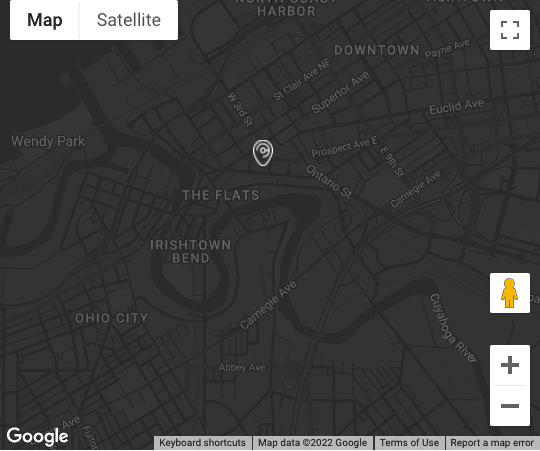So, students intending to enroll in a postsecondary program for the 2017/2018 academic year will use their 2015 tax information in order to take advantage of the earlier FAFSA and ideally receive admissions and financial aid award information at the same time. Another benefit to the PPY change is that it makes actually completing the form easier, since nearly everyone who filed their 2015 tax returns can easily transfer that information to the FAFSA form electronically, using the IRS Data Retrieval Tool, taking some of the headache out of completing the form. So what does this mean to you? If you are a first time filer: Great news! You get to take advantage of the new, improved FAFSA. All you have to do is use the IRS Data Retrieval Tool to upload your 2015 tax information to the FAFSA. This will save you time and trouble! If you have filed the FAFSA before: The good news is, you also can take advantage of the new, improved FAFSA. The bad news is, you’ve got to make sure the information you shared for the 16-17 FAFSA matches what you will enter for your 17-18 FAFSA. What does that mean? In some cases, there may be a discrepancy between the 2015 tax information provided by students on the 16-17 FAFSA and the 17-18 FAFSA. A discrepancy could occur if a student provided estimated 2015 income on their 16-17 FAFSA (so they could meet the previous February 15 priority deadline if they hadn’t yet filed their taxes, for example) and did not go back in and adjust the income when they filed their taxes. The 16-17 FAFSA would show the estimate, but the 17-18 FAFSA, using the IRS Data Retrieval tool, will pull the actual 2015 income information. Such a difference can alter a family’s Expected Family Contribution (EFC), which particularly impacts low-income students who could potentially receive the Pell Grant. The Department of Education is working with higher ed institutions to minimize the impact of potential conflicts that may arise as a result of the use of PPY tax information. Our advice to FAFSA filers: • If you used a 2015 income estimate on your 16-17 FAFSA, MAKE SURE YOU GO BACK IN AND UPDATE IT WITH THE ACTUAL INCOME FROM YOUR 2015 TAX RETURN! • Stay in constant contact with the schools you are applying to or enrolled in to make sure your FAFSA is moving through the process properly. • College Now is working hard to stay abreast of the changes and their implications for students, so please make sure to use us as a resource, too! If you have questions, feel free to contact us at 216.241.5587. We will work with you to answer any questions you may have or resolve any conflict that may arise. We believe that the changes to the FAFSA will positively impact students and families in the long run, but no major change comes without some growing pains! Featured Image Copyright: iqoncept / 123RF Stock Photo]]>
Big Changes Are Coming…to the FAFSA




